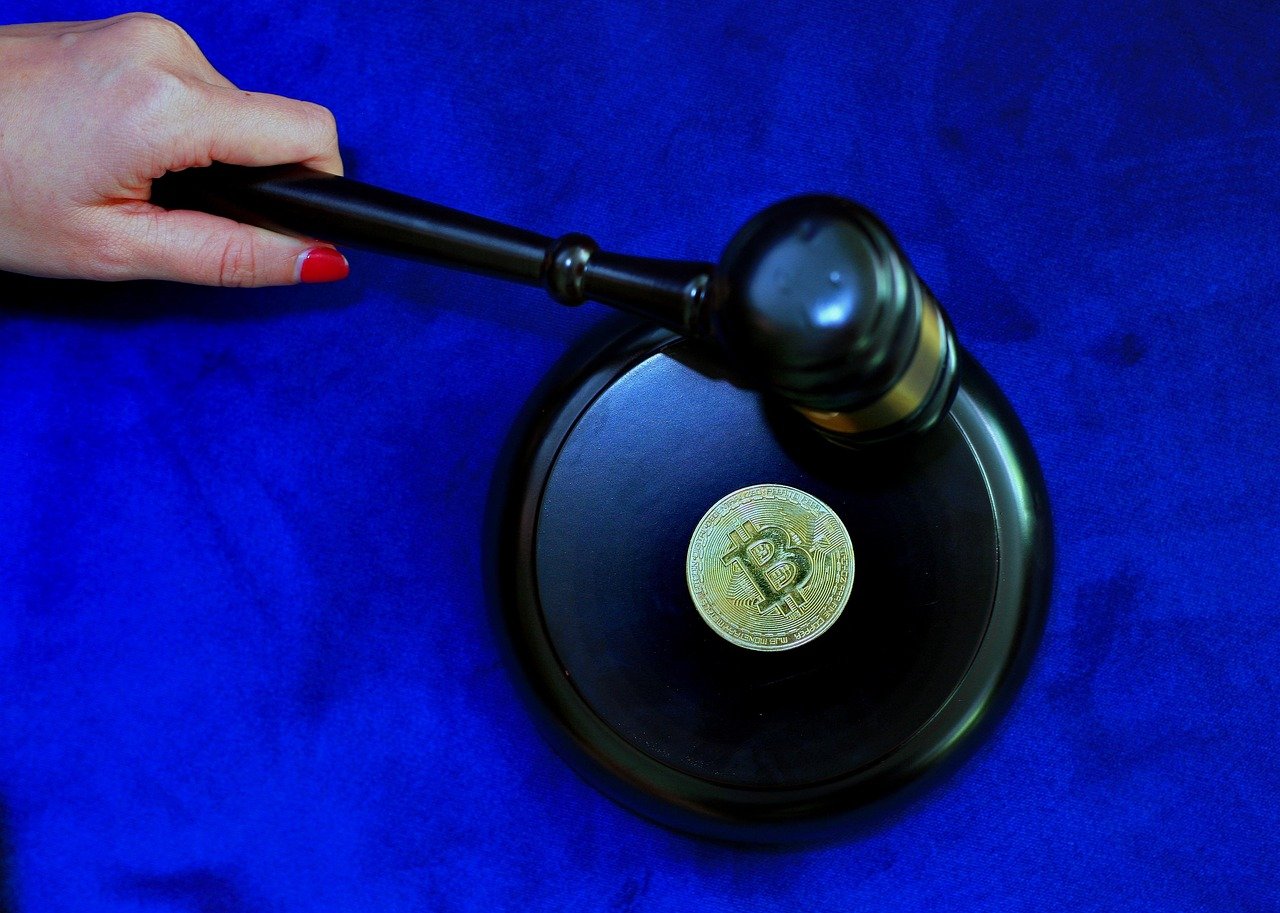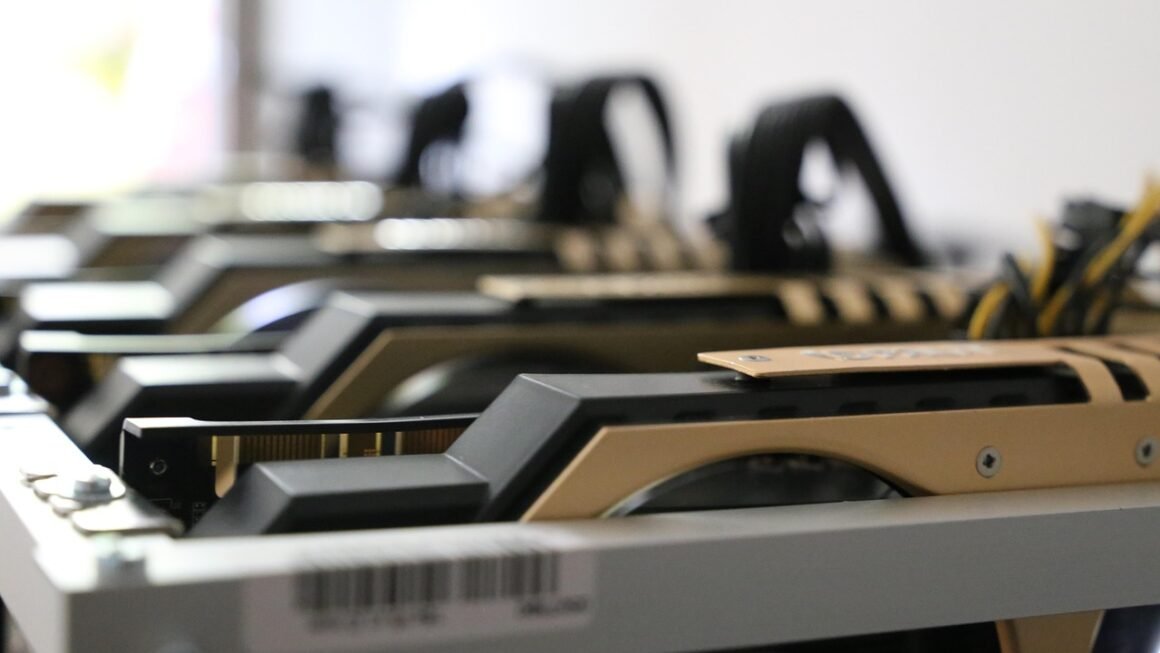Cryptocurrency has revolutionized finance, offering a decentralized alternative to traditional banking systems. But to truly participate in this digital revolution, you need a secure and reliable crypto wallet. Choosing the right wallet can be daunting, with various options available each offering different features and security levels. This comprehensive guide will walk you through everything you need to know about crypto wallets, helping you make an informed decision and keep your digital assets safe.
What is a Crypto Wallet?
A crypto wallet is a digital tool that allows you to interact with a blockchain network. It doesn’t actually store your cryptocurrency in the traditional sense. Instead, it holds the private keys necessary to access and manage your crypto assets on the blockchain. Think of it like your online banking app, but instead of accessing funds held by a bank, it allows you to control your crypto assets on a decentralized ledger.
Private Keys and Public Keys
The core of a crypto wallet revolves around two vital components: private keys and public keys. Understanding their roles is essential for comprehending wallet security.
- Private Key: This is a secret, cryptographic code that allows you to authorize transactions and access your cryptocurrency. Never share your private key with anyone. If someone gains access to your private key, they have full control over your funds. Treat it like the master password to your entire crypto fortune.
- Public Key: This is derived from your private key and is used to receive cryptocurrency. It’s like your bank account number – you can share it freely without compromising your security. Anyone can send crypto to your public key address. For example, your friend needs your public key/wallet address to send you Bitcoin.
Wallet Addresses
Wallet addresses are generated from your public key and are the alphanumeric strings you use to receive cryptocurrency. Each cryptocurrency has its own address format, so be sure to use the correct address for the specific cryptocurrency you are receiving. Sending Bitcoin to an Ethereum address, for instance, will likely result in loss of funds.
Types of Crypto Wallets
Crypto wallets come in various forms, each with its own pros and cons in terms of security, accessibility, and convenience. Choosing the right type depends on your individual needs and risk tolerance.
Hot Wallets
Hot wallets are connected to the internet, making them convenient for frequent transactions but also more vulnerable to hacking and phishing attacks.
- Web Wallets: These are accessed through a web browser. They are easily accessible from any device but typically offer less security compared to other wallet types. Example: Metamask (often used with Ethereum and other EVM compatible chains).
- Mobile Wallets: These are apps installed on your smartphone. They are convenient for on-the-go transactions and often offer features like QR code scanning for easy address input. Example: Trust Wallet.
- Desktop Wallets: These are installed on your computer. They offer a balance between security and convenience but are susceptible to malware if your computer is compromised. Example: Exodus.
Cold Wallets
Cold wallets are not connected to the internet, making them much more secure against online threats. They are ideal for storing large amounts of cryptocurrency for long-term holding.
- Hardware Wallets: These are physical devices that store your private keys offline. They are considered the most secure option for storing cryptocurrency. Example: Ledger Nano S, Trezor Model T.
- Paper Wallets: These are physical documents that contain your private key and public address. They are generated offline and can be a secure option if stored properly, but they are vulnerable to physical damage or theft. You can create a paper wallet online using a service that generates key pairs offline. Example: Bitcoin Paper Wallet Generator.
Custodial vs. Non-Custodial Wallets
Another important distinction is between custodial and non-custodial wallets.
- Custodial Wallets: A third party holds your private keys on your behalf. This is often the case with cryptocurrency exchanges. While convenient, you are essentially trusting the custodian with your funds. Example: Binance Exchange Wallet.
- Non-Custodial Wallets: You have complete control of your private keys. This gives you full ownership and responsibility for your cryptocurrency. Example: Ledger Nano S (hardware wallet).
Security Best Practices for Crypto Wallets
Regardless of the type of wallet you choose, following security best practices is crucial to protect your cryptocurrency.
- Use Strong Passwords: Create strong, unique passwords for your wallet and any associated accounts. Use a password manager to generate and store complex passwords securely.
- Enable Two-Factor Authentication (2FA): This adds an extra layer of security by requiring a second verification method, such as a code sent to your phone, in addition to your password.
- Store Your Seed Phrase Safely: Your seed phrase (also known as a recovery phrase or mnemonic phrase) is a set of 12 or 24 words that can be used to recover your wallet if you lose access to it. Store it offline in a secure location, and never share it with anyone. Consider using a metal seed phrase storage device for added protection against fire and water damage.
- Keep Your Software Updated: Regularly update your wallet software and operating system to patch security vulnerabilities.
- Beware of Phishing: Be cautious of phishing attempts, which are designed to trick you into revealing your private keys or other sensitive information. Never click on links in emails or messages from unknown senders. Always verify the URL of the website you are visiting.
- Use a VPN (Virtual Private Network): A VPN can encrypt your internet traffic and protect your privacy, especially when using public Wi-Fi.
- Consider Using a Multi-Sig Wallet: For high-value holdings, consider using a multi-signature wallet, which requires multiple private keys to authorize a transaction. This adds an extra layer of security by requiring the collaboration of multiple parties.
Choosing the Right Crypto Wallet
The best crypto wallet for you depends on your individual needs and priorities. Consider the following factors:
- Security: How important is security to you? If you are storing a large amount of cryptocurrency, a hardware wallet is the most secure option.
- Convenience: How often do you need to access your cryptocurrency? If you need to make frequent transactions, a mobile or web wallet may be more convenient.
- Supported Cryptocurrencies: Does the wallet support the cryptocurrencies you want to store? Not all wallets support all cryptocurrencies.
- Ease of Use: Is the wallet easy to use and understand? Some wallets are more user-friendly than others.
- Cost: Some wallets are free, while others, such as hardware wallets, require a purchase.
- Reputation: Research the reputation of the wallet provider and read reviews from other users.
- Example Scenario:
- Long-term investor holding Bitcoin and Ethereum: A hardware wallet like Ledger Nano S or Trezor Model T would be ideal for secure, offline storage.
- Frequent trader of multiple altcoins: A mobile wallet like Trust Wallet or a desktop wallet like Exodus might be more convenient, allowing for quick access and diverse coin support.
- Newcomer to crypto with small holdings: A web wallet from a reputable exchange like Coinbase or Binance could be a good starting point, offering ease of use and integration with trading platforms.
Wallet Recovery and Backup
Losing access to your crypto wallet can be devastating. Implementing proper backup and recovery strategies is crucial.
Seed Phrase Backup
- Write it down: The most common method is to write your seed phrase down on a piece of paper and store it in a safe and secure location. Never store it digitally on your computer or phone, as this makes it vulnerable to hacking.
- Metal Storage: Consider using a metal seed phrase storage device for added protection against fire and water damage.
- Split Storage: For extremely high-value holdings, you can split your seed phrase into multiple parts and store each part in a different location. This adds an extra layer of security by requiring multiple locations to be compromised in order to recover your wallet.
Wallet Software Backup
- Regular Backups: Regularly back up your wallet software to an external drive or cloud storage. This will allow you to restore your wallet if your computer or phone is lost or damaged.
- Test Restores:* Periodically test your wallet backups to ensure that they are working properly.
Conclusion
Choosing and securing your crypto wallet is a fundamental step in participating in the digital currency ecosystem. Understanding the different types of wallets, security best practices, and recovery options is essential for protecting your digital assets. By carefully considering your individual needs and implementing the appropriate security measures, you can confidently navigate the world of cryptocurrency and enjoy the benefits of decentralized finance. Remember to stay informed about the latest security threats and vulnerabilities, and always be vigilant in protecting your private keys.



